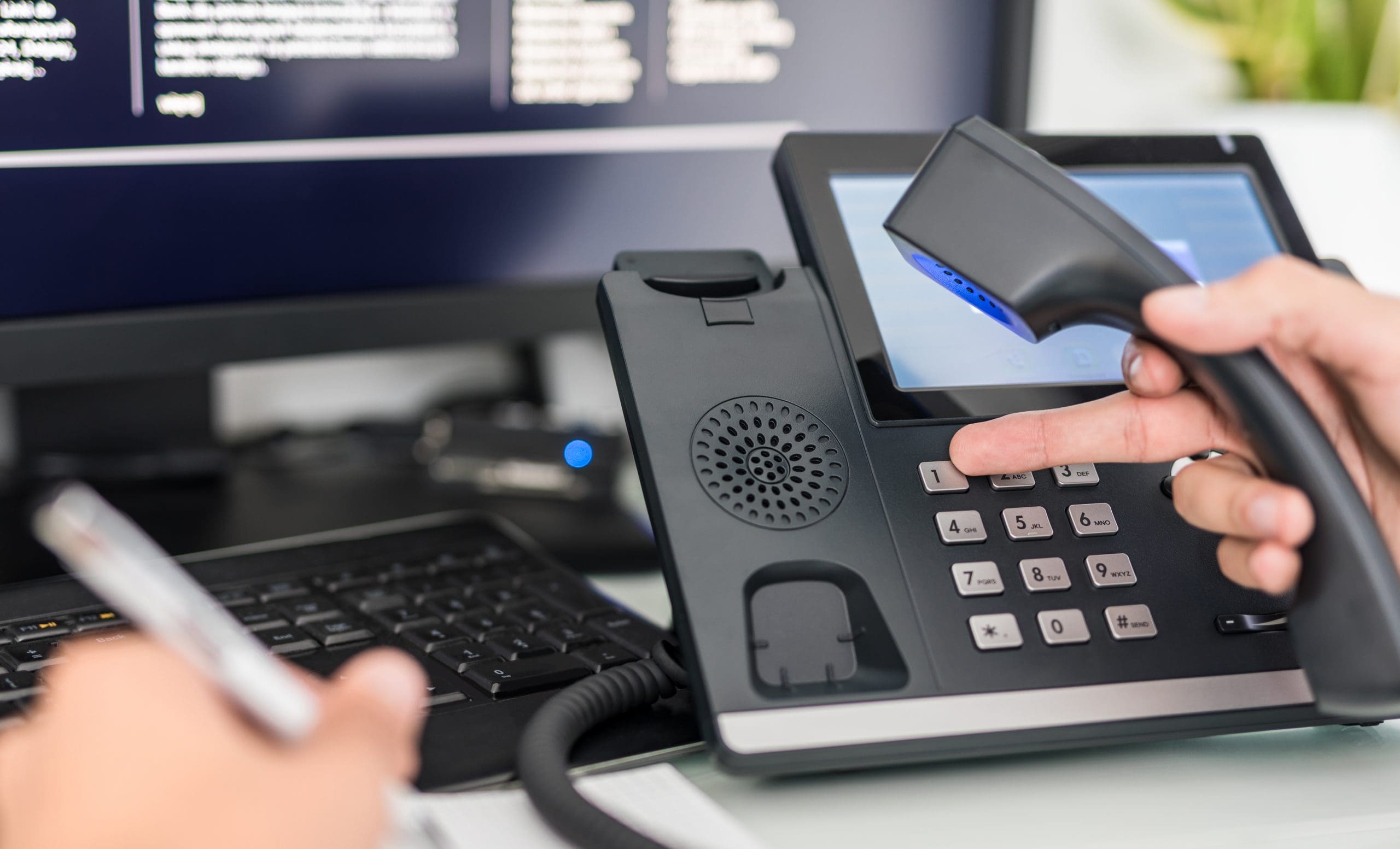What you really need to know about hot-desking telecoms
Hot-desking is a post-pandemic hot potato. Working patterns remain in flux with differing, sometimes contradictory, views about how the UK’s workforce will settle into a new working regime. The one constant among the many varying opinions is that a new pattern of working will establish itself and that hot-desking will be a significant factor.
What is a hot-desk?
When businesses ask the question, “what is a hot-desk?”, they are presented with a plethora of answers, many of which are really helpful. For example, leading property consultants, CBRE, are providing intelligence about successful adaptations of traditional office space. These mainly involve a reconfiguration of the office into collaboration areas and hot-desks where people find a desk and just plug in.
The flexibility of such solutions appeals to employers because it reduces costs and to workers because it provides a more accommodating way of working. Organisations are beginning to use the term ‘blended working’ by which they mean people working in the office two or three days a week and then from home or another location for the rest of the time.
Hot-desking is a critical component in which organisations can deliver a more blended working experience for their staff. However, this requires the implementation and management of the right technologies, particularly telecoms.
Telecommunications Options
There are two options:
- Deploy softphone technology which allows the staff member to manage communications via their desktop or laptop. This is sometimes referred to as Hosted VoIP or Unified Communications
- Utilise the correct technology to allow staff members to continue to use a desk phone, by allowing them to log in to any hot-desk handset with their individual settings (inbound and outbound) for the duration of their stay
Hot-desking is being redefined. It’s no longer just about booking a temporary desk in the office and being able to connect to the corporate infrastructure, nor is it about having a functional computer and phone at home or anywhere else. It’s the requirement for any employees to be truly able to configure any telephone or workstation with their own settings whilst they are in that location. This is particularly relevant for voice. Many employees need to be in pre-determined hunt groups to answer inbound calls properly. Additionally, workers need to present specific numbers when making outbound calls, no matter where they are located.
More helpful information about hot-desking telecoms
V12 Telecom works with businesses to help implement hot-desking telecommunications solutions, including recommendations about IP Phones. Based in Cirencester, Gloucestershire, we offer expert advice about modern telephony, connectivity and unified communications.
https://v12.co.uk/voice/hosted-voip/
https://v12.co.uk/voice/direct-routing-for-microsoft-teams/
Jargon buster
Hot-desking
Hot-desking is a workplace practice where desks, telephones, and other technologies are shared between workers. It is becoming more important to businesses. It delivers an improved worker experience as well as saving space and reducing costs.
Hosted VoIP
Hosted VoIP is a form of modern telephony that replaces traditional landlines with systems hosted in the cloud. It appeals to organisations because it is flexible, agile, and often offers more features than traditional telephony.
This article explains more about what is happening with the UK’s current telephone network and how it is moving to VoIP https://v12.co.uk/all-you-need-to-know-about-isdn-switch-off/
Unified Communications
Unified Communications is a ‘catch-all’ term for a variety of communication tools. Typically, these include voice calling, video conferencing, instant messaging, and content sharing.



